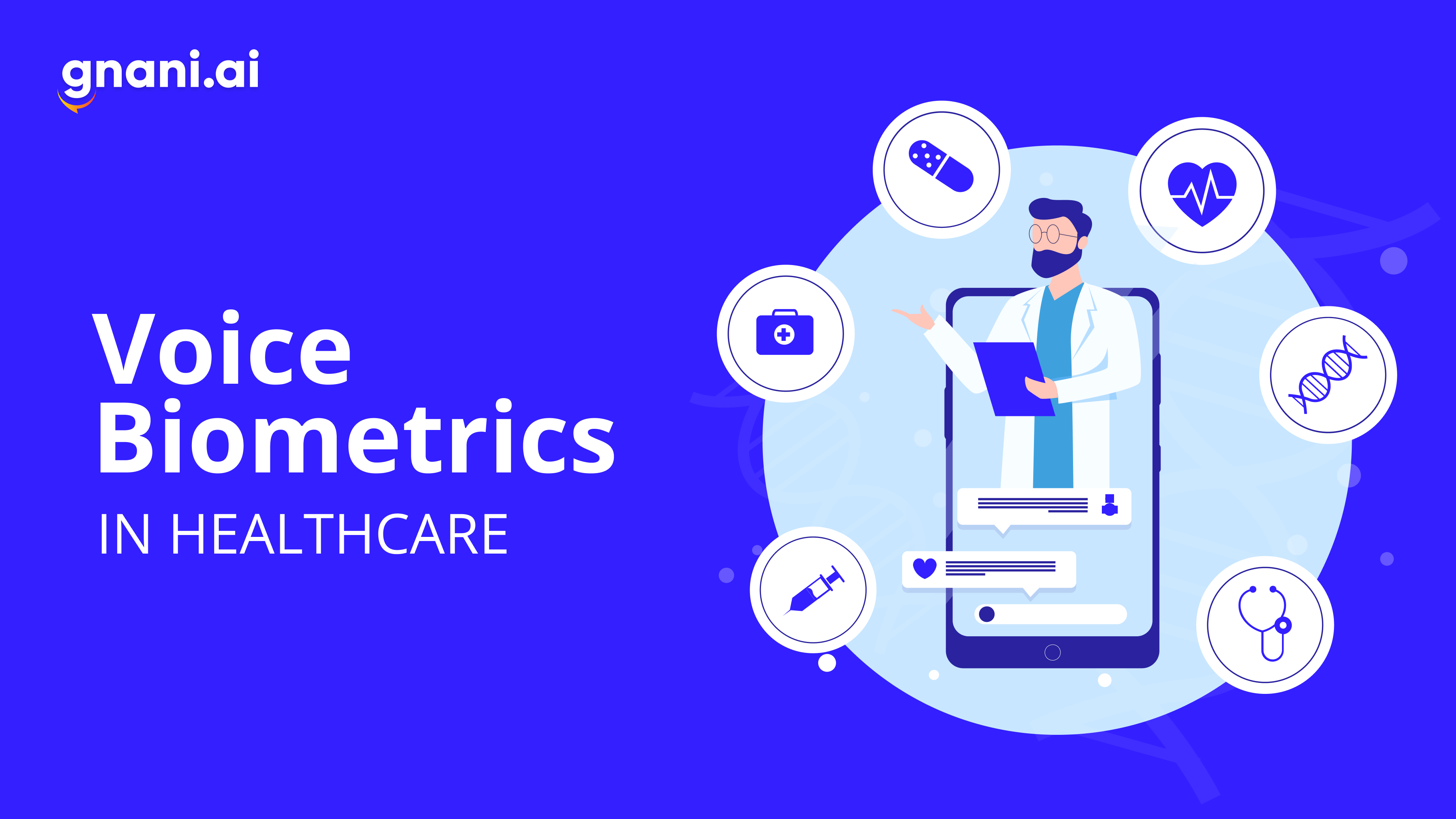The healthcare sector is increasingly embracing technology to solve challenges, especially after the pandemic exposed the strains on the system. Telehealth backed by extensive electronic health records (EHR) is fast becoming the norm; EHR adoption rates are skyrocketing at 89%. But most physicians report that accessing these records is not user-friendly while patients are rightly concerned about their data security.
Voice Biometrics can facilitate a more secure system where healthcare professionals can access medical records with no friction while patients can see their collective records. Both groups can have access to updated, accurate information within minutes whenever they need it. At the same time, a voice biometrics system can reduce fraud and high operational costs.
Let’s take an in-depth look at how implementing voice biometrics in healthcare can make an organization more efficient.
The Difficulties of Keeping EHR Records Safe
Compared to financial fraud, medical fraud can be more dangerous. Medical records sell for a huge amount of money in the black market because of the massive volume of personal data available. EHR systems are vulnerable to attacks by fraudsters and cybercriminals interested in stealing personal data.
Passwords and databases can be hacked, or unhappy ex-employees may leak information. Cybercriminals may find out the patient’s security account details and gain access to the patient’s devices. Since the healthcare sector has been lagging behind BFSI when it comes to using advanced security standards, the attacks could go undetected for a long time.
Traditionally, if a medical professional wants to access a patient’s electronic health records, they must use passwords or SMS-based OTPs, sometimes in conjunction with fingerprint or iris logins. In a pandemic situation, not only is this difficult to perform remotely, but it needs toggling between multiple devices or apps. Users have to keep track of multiple passwords and regularly change them.
With the rise of telehealth, there is scope for new kinds of crime and fraud as everything moves to the cloud. Voice biometrics can come in handy to centralize patient records for easy access. Patients can authorize such information transfers and usage instantly, with a voice command that the software validates against the stored voiceprint—no more hassle with passwords, OTPs, and answering several identity authentication questions.
Reduces Operational Burdens and Cost
Using voice biometrics in healthcare may lower the burden of administrative tasks. It can speed up processes for enrolling patients, signing them into health tracking apps, and authorizing the use of requisite information. It eliminates the need to fill multiple forms, get numerous signatures, and manually schedule since voice biometrics can easily integrate with conversational AI bots. Both validation and data filling can happen quickly.
Call centers that verify caller identity before granting a service request spend $12.4 billion annually. Live agents answer most of the calls, spending their energy on tedious and repetitive queries. This costs money and wastes human potential. Conversational AI and voice authentication software use over 100 physical and behavioral traits to create unique voiceprints that are more secure and reduce operational costs by 20%.
Future Potential
The healthcare field is undergoing an interesting revolution. Users want more information at their fingertips and are more empowered in decision-making. This is a reason for the rise of health apps, telemedicine, affordable and instant diagnostic tools, patient self-reporting, and medical call centers. This mounting contactless nature requires solutions like voice biometrics.
Voice biometrics can even serve as an additional line of defense in biomedical facilities, where several zones need restricted access and physical biometrics is not easy to provide behind hazmat suits. Maintaining medical data privacy is cumbersome and expensive due to legal privacy regulations, and voice biometrics can lessen that.
Tools like armour365TM are easy to deploy and integrate with other apps. They are language-independent, allowing authorization using any language. They are scalable as well. The chances of fraud using voice samples diminish due to the anti-spoofing layer.


